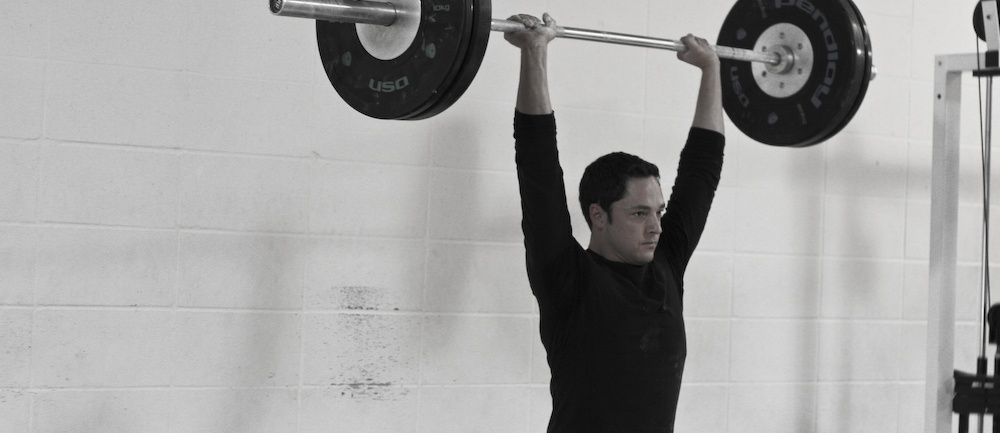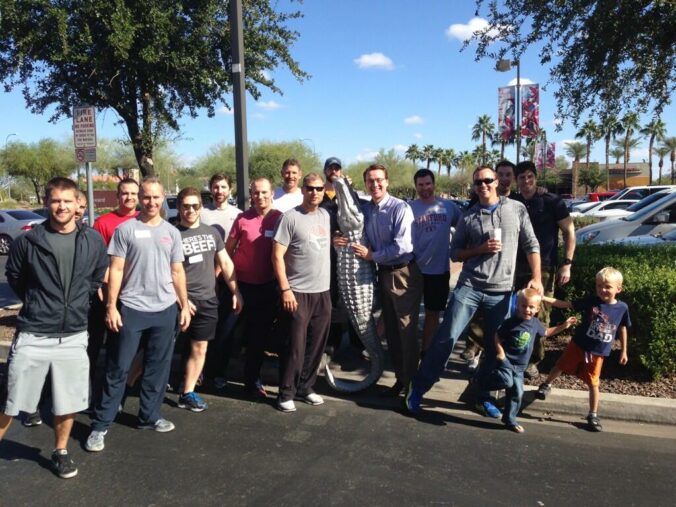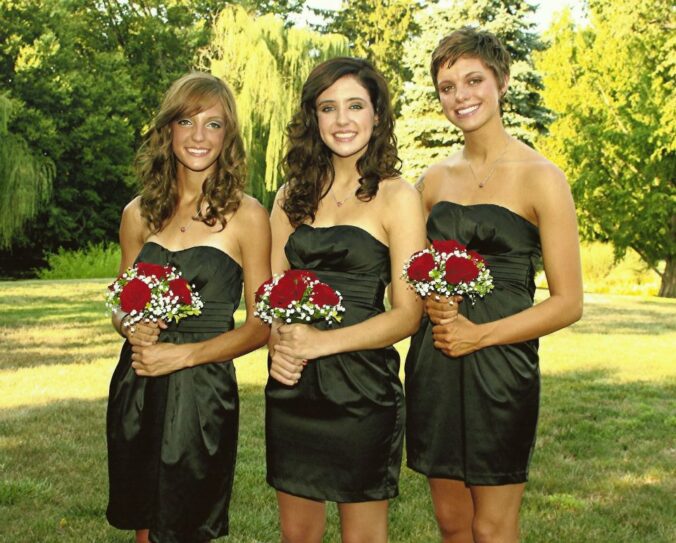
The shape of the glenohumeral joint lets the shoulder move. A LOT. This mobility, however, means that stability is lacking. Plus, it contraindicates some exercises right off the bat. Educate yourself and don’t let ignorance destroy your clients.
Factors Contributing to Shoulder Instability
Without even considering those who have genetic predisposition to floppy shoulders, the “normal” shoulder is already unstable in the grand scheme of joints. The glenoid/”socket” of the shoulder is shallow. Much more shallow than the acetabulum/”socket” of the hip. This lets us reach overhead, but does little to contain the arm.
The scapula, which holds this shoulder socket, is suspended by muscle, not locked into place by the shapes of the bones like the more stable knee and elbow joints. Force couples from muscles surrounding the scapula are everywhere. If not balanced, this will cause even more problems.
And the muscles that control the scapula are only affecting the scapula. The scapulospinal muscles, such as trapezius, also connect to the vertebrae and pull on the spine. If you fixate the shoulder and shorten the trapezius, the spine rotates contralaterally. So the spine has to be stable if the scapula is going to be stable if the shoulder is going to be stable…
Looking in the distal direction, that big, dumb muscle that everyone loves, pectoralis major, doesn’t attach on the scapula. But can it control the scapula? You betcha.

One of the proximal attachments of pec major is on the clavicle, which articulates with the scapula at the acromioclavicular joint. Moving the clavicle orients the scapula. The distal attachment of pec major is on the proximal humerus (around the armpit). Pulling on the arm can orient the glenoid to face inward and downward. This big muscle works better as a prime mover, but can act pathologically as a stabilizer of the shoulder. When this happens, the mechanics of the shoulder joint don’t work very well, i.e. the ball doesn’t stay seated in the socket.
To beat down pec major even further, imagine a client with anterior instability of their shoulder. Now make them do push ups to failure and tell them to make their arms long at the top of the movement. You know, to get serratus. This protracted position makes the glenoid point forward. Pec major keeps working to get me up on that last rep, but pec pulls the humerus forward and inward. This client doesn’t have a capsule to check the anterior glide of the humeral head, and pec pulls the shoulder right out. This is an anterior dislocation.
Don’t coach your clients into dislocation.
This is why a proper assessment is a necessity and why trainers need to take education seriously. You can never know too much anatomy.
How Does Instability Lead To Pain?
Normal roll-and-slide mechanics of the shoulder joint keep it centered in the glenoid. When the humeral head becomes unstable, this centralization is easily lost when demands are placed on the shoulder (e.g. when pec starts to do it’s dirty work).
If you start the lift the arm overhead, the subacromial space can be closed. The humeral head rolls upward, and if no inferior glide accompanies this rollw, it doesn’t stay in the center of the glenoid and an external impingement occurs where the subacromial bursa and supraspinatus/infraspinatus of the rotator cuff rub on the acromion of the scapula.
This instability, however, doesn’t have to be localized to the glenohumeral joint. Instability at the scapula is drastically more common and also destroys the shoulder.
Lateral Raises
Bros everyone love the lateral raises. These, however, are not the only way to develop your deltoids. Plus, they give a lot of people the external impingement we just talked about because normal roll-and-slide mechanics are lost when deltoid takes over as a prime mover AND a stabilizer. Remember our talk about pec major?
We also have to consider the shape of the humerus here. The greater tubercle is a bony bump that sticks out anterolaterally. When the arm is brought into 90 degrees of abduction, strictly occuring in the frontal plane, this greater tubercle is much closer to the acromion and makes impingement easy. The orientation of the glenoid also points forward, making it’s front side more open to the world. Externally rotate the shoulder into a “high five” position and you push the humerus even more forward. It’s much less likely that the shoulder stays seated in the socket.

A quick fix for this positioning is to stay out of the frontal plane and move to the scapular plane (about 30 degrees anterior to the frontal plane).
Remember, it doesn’t just have to be a lateral raise. An overhead press in the frontal plane is the SAME position. Pack the shoulder down and back and swing the elbows a little more forward and you get immediate relief by opening up the subacromial space.
Behind-the-Neck Pulldowns
This exercise requires an extreme amount of shoulder extension and external rotation. Both of these will throw the shoulder forward and lead to more anterior instability. Remember those anterior dislocations we were talking about?
What is wrong with a normal pulldown or pullup? Variation for variation’s sake is unnecessary if it’s doing damage. Vary your set and rep scheme before pushing your shoulder to end range of motion.
Overhead Throwing
Baseball pitchers all have shoulder problems. Most know this, but it illustrates another mechanism for injury I want to discuss.
SLAP (superior labrum from anterior t0 posterior) lesions are quite common in overhead athletes. This is where the long head of the biceps brachii comes into play. The tendon of this muscle rides between the greater and lesser tubercles, around the top of the shoulder joint, and ends up connecting at the top of the glenoid on the labrum. Forceful contraction of this muscle pulls on the labrum, and in the case of pitchers who need a lot of force to slow their arm down, long head of biceps can pull the labrum right off.

The glenoid labrum gives the shoulder more stability by increasing surface area and sucking the humerus into the socket. Compromising this tissue further compromises the integrity of the joint.
Summary
Stability is important for joint longevity. Due to the regional interdependence of the body, stability needs to be attained everywhere for the shoulder to work well. Without this, shoulder mechanics become pathological. Dysfunction and pain are quick to follow. Exercise selection is never as simple as, “This worked for me, so you should do it.” Understand anatomy so that you don’t destroy joints.







